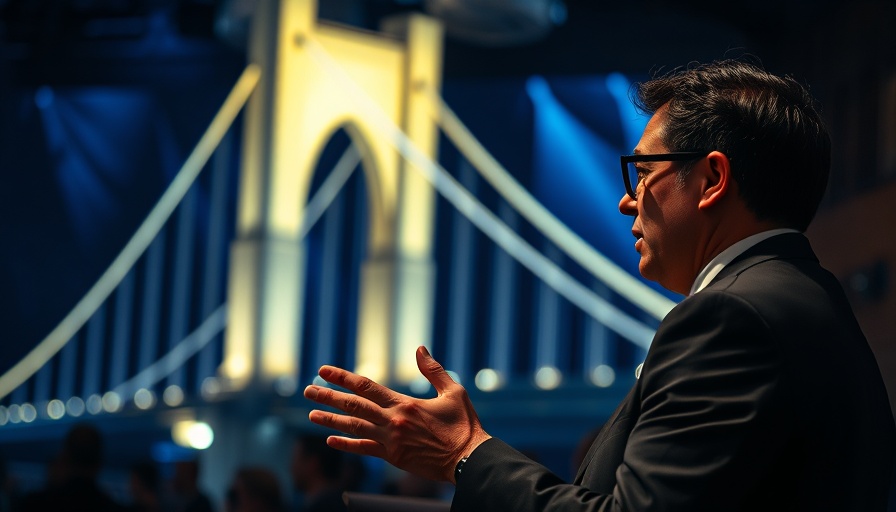
Illuminating Urban Spaces: How Light Transforms Cities
In an age where cities constantly grapple with the challenges of urbanization and population growth, the integration of public art through innovative techniques has emerged as a beacon of hope. Leo Villareal, an artist who masterfully combines code and light, exemplifies this evolution. His monumental installations, including the iconic Bay Lights on the San Francisco Bay Bridge, reveal the potential for art to not only enhance the aesthetics of public spaces but also to foster community engagement and redefine urban identities.
Art as Community Catalyst
Villareal’s work is not merely a visual spectacle; it's a profound commentary on how public art can serve as a catalyst for community engagement. By illuminating structures that often go unnoticed, such as bridges and public squares, he invites citizens to re-engage with their surroundings. His projects, such as the collaboration during the London Illuminated River initiative, have shown that light can evoke emotions and stimulate conversations. These installations encourage local residents and visitors alike to appreciate public infrastructures in new and dynamic ways.
Transformative Art Projects: Global Perspectives
Light installations like those by Villareal are being mirrored globally. For instance, the Institute for the Future’s Code:ART initiative transformed Palo Alto’s downtown into an experimental art space, showcasing the intersection of technology and public art. Similar projects worldwide employ light and motion to foster dialogue around urban planning and community needs, igniting discussions about the future of public spaces.
Technological Advancements in Public Art
The use of technology in public art, particularly through LED lights and complex programming, is revolutionizing the way we perceive art and the urban environment. The capabilities of digital art allow for endless combinations of light, color, and patterns that can respond to environmental factors or user interactions. This technological aspect of public art creates a unique, immersive experience that blends creativity with the practical function of urban design.
The Lasting Impact of Light Installations
Villareal's Bay Lights project, which was initially intended to be a temporary display, gained incredible community support, showcasing the lasting impact public art can have. This phenomenon reflects a fundamental truth: public engagement is a vital component of successful urban art. Each installation not only decorates a city but also establishes a dialogue that can continue long after the lights go out, fostering pride and a sense of belonging among residents.
Conclusion: The Future of Urban Art and Community Engagement
As cities across the globe embrace the integration of light and public art, the transformative potential of creative projects becomes increasingly clear. These initiatives not only beautify urban landscapes but also strengthen community bonds and inspire future generations. The fusion of art, technology, and community engagement offers a hopeful vision of urban living. Cities can thrive not just economically, but socially and emotionally, creating an enriched experience for all who call them home.
 Add Row
Add Row  Add
Add 




Write A Comment